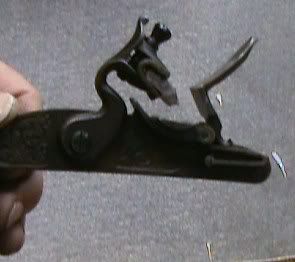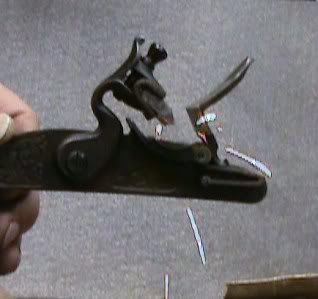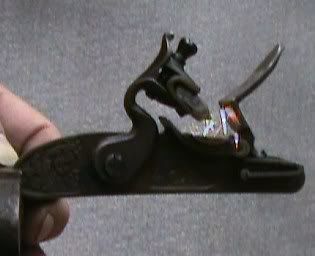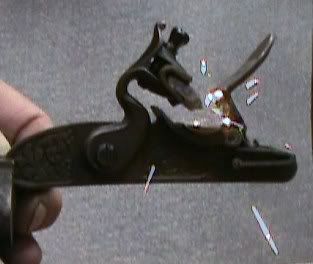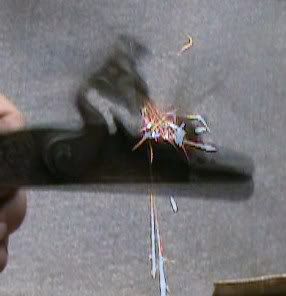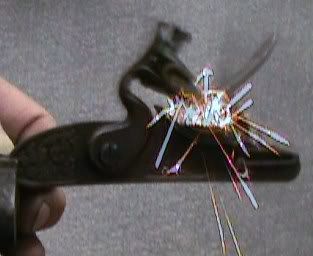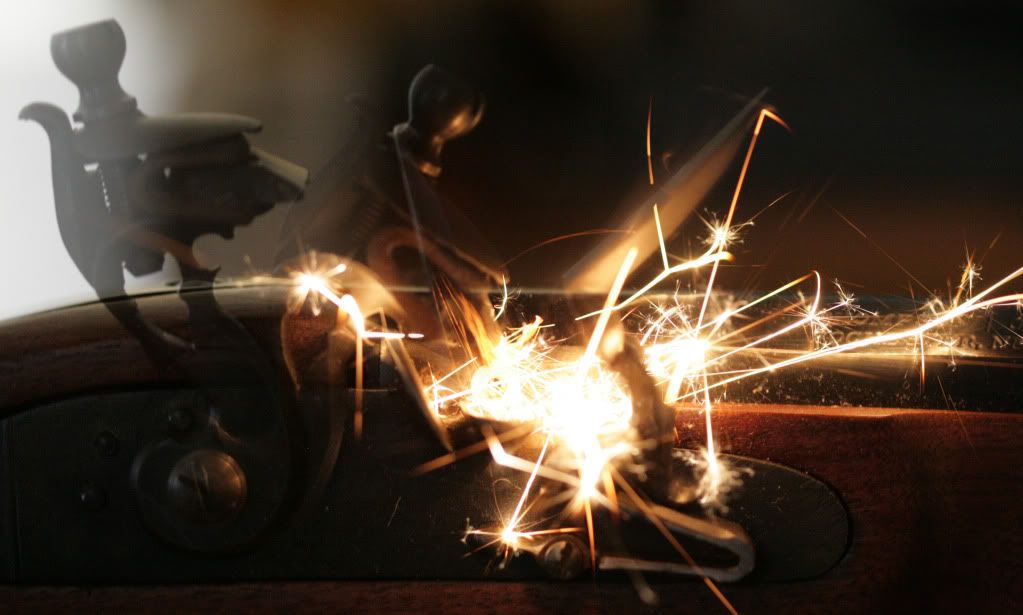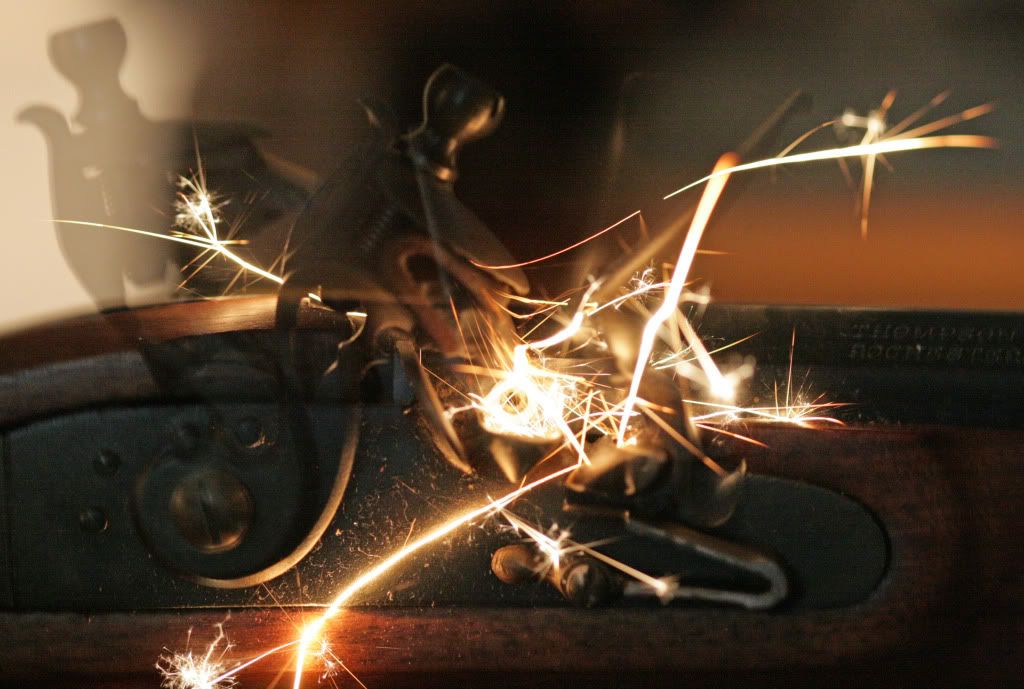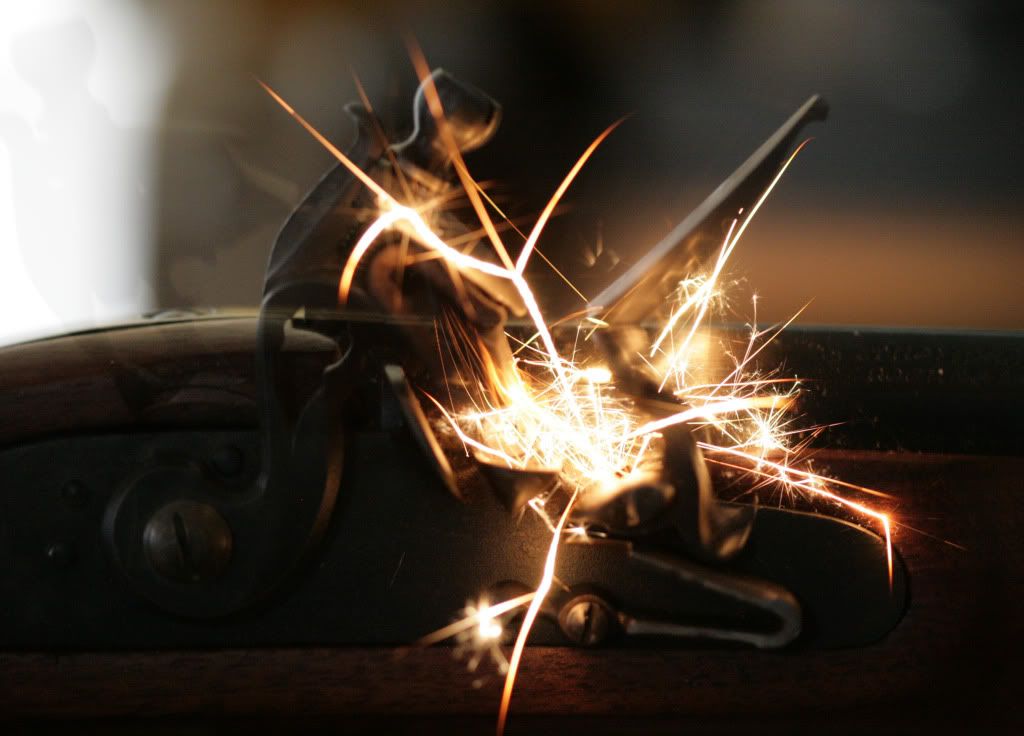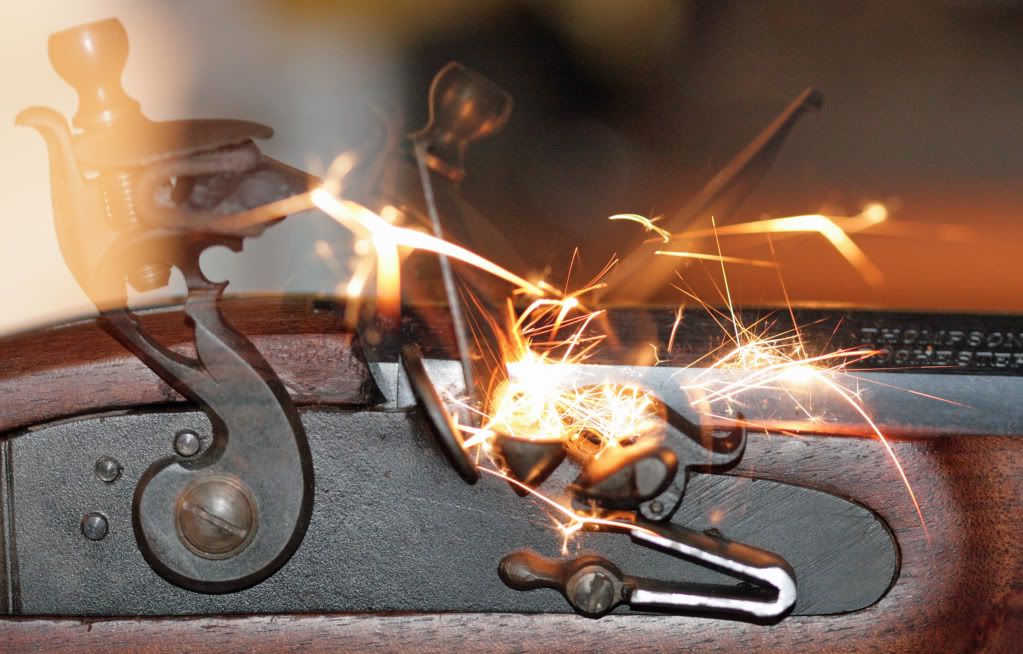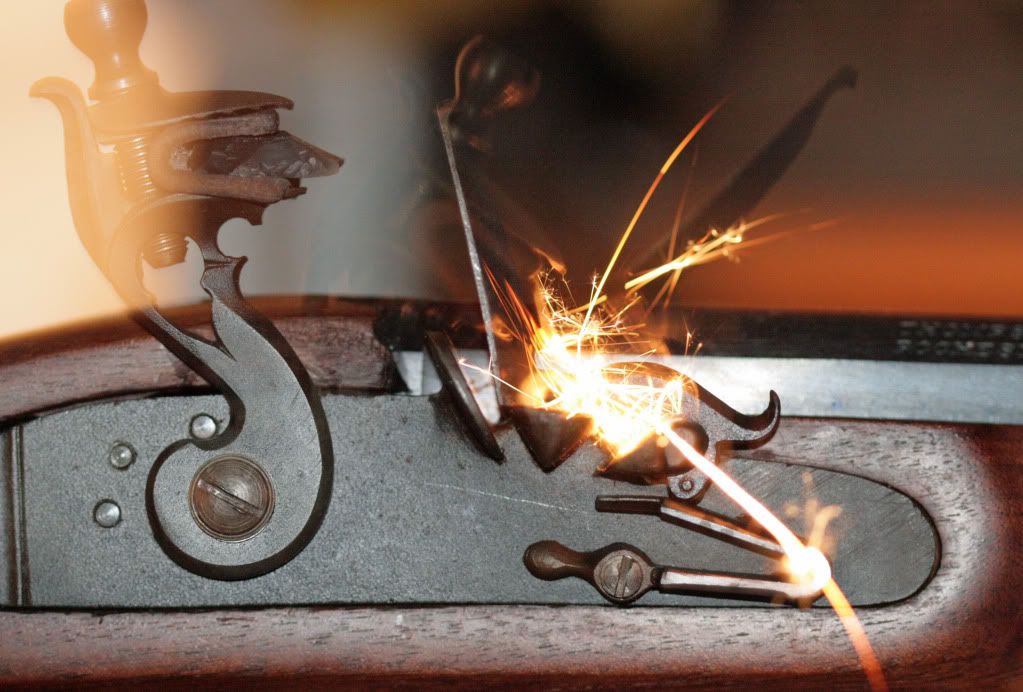- Joined
- Jan 30, 2013
- Messages
- 661
- Reaction score
- 13
Watched some high speed video footage of numerous flint locks being used...what an eye opener, seems it was rare for the flint to create any spark at all until the flint was at the very end of the frizzen! Also saw where some frizzens actually opened fully and then kicked back and hit the flint(assume the frizzen spring was to stiff....this seemed to happen more often with frizzens with bearings) over time this has got to damage the flint itself. Also noted that some of the pans were not getting the sparks centered in the pan but more to the front of the pan. When centered in the pan the powder charge ignited more quickly...these locks were mostly top of the line products I've seen mentioned on this forum...Siler, L&R....this H.speed video was on u-tube @ BlackPowder MAG.com...please take the time to watch these video's before responding to this post.
So my question is this: why should it be so important in placing the flint so it makes contact with the frizzen high up on the frizzen...dosen't it seem better to be midway down on the frizzen(faster lock time) creating better accuracy? :hmm:
So my question is this: why should it be so important in placing the flint so it makes contact with the frizzen high up on the frizzen...dosen't it seem better to be midway down on the frizzen(faster lock time) creating better accuracy? :hmm:
Last edited by a moderator:





